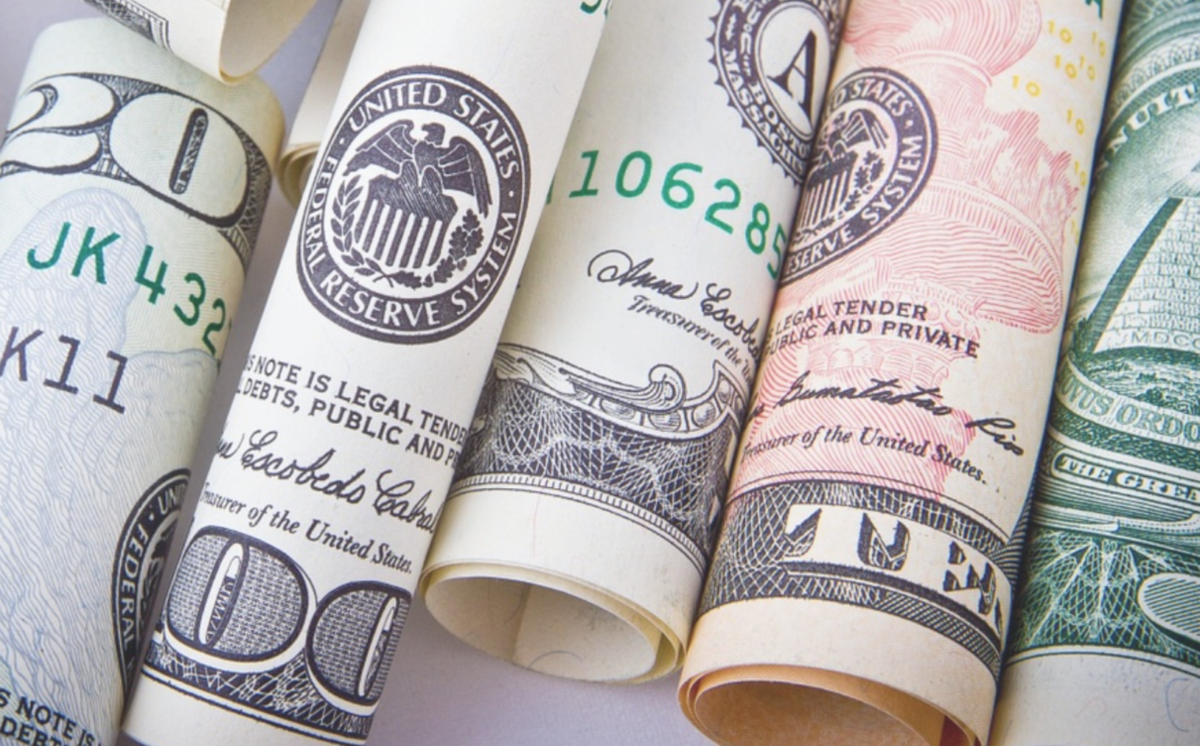by Fred Fuld III
The desalination industry, also referred to as desalinization, is currently experiencing a period of rapid growth. This is due to a number of factors, including:
- Increased water scarcity: As the global population grows and climate change worsens, water scarcity is becoming a more widespread problem. Desalination is a way to produce fresh water from seawater or brackish water, which can help to alleviate water scarcity.
- Improved technology: Desalination technology has improved significantly in recent years, making it more efficient and cost-effective. This has made desalination more attractive to a wider range of countries and water utilities.
- Government support: Many governments are providing financial and regulatory support for desalination projects. This is helping to drive investment in the industry and make desalination more accessible.
As a result of these factors, the global desalination market is expected to grow at a compound annual growth rate (CAGR) of 9.4% from 2023 to 2030. This growth is expected to be driven by demand from the Middle East, North Africa, and Asia.
Here are some of the key trends in the desalination industry:
- The rise of membrane technology: Membrane technology is the most common technology used for desalination. It is a relatively efficient and cost-effective technology, and it is becoming increasingly popular.
- The growth of seawater desalination: Seawater desalination is the most common type of desalination. It is used to produce large quantities of fresh water from seawater.
- The increasing use of brackish water desalination: Brackish water desalination is a growing trend. It is used to produce fresh water from brackish water, which is less salty than seawater.
- The development of new desalination technologies: There is ongoing research and development into new desalination technologies. These technologies could make desalination more efficient and cost-effective in the future.
Consolidated Water Co. Ltd. (CWCO) is a Bermuda-based company that owns and operates desalination plants in the Caribbean and the Middle East. CWCO is the largest publicly traded desalination company in the world by market capitalization.
CWCO owns and operates 11 desalination plants in the Caribbean and the Middle East. The company’s plants produce a total of approximately 250 million gallons of water per day. CWCO’s customers include government agencies, hotels, resorts, and industrial customers.
Financials
CWCO’s revenue for the fiscal year 2022 was $320 million. The company’s net income was $49 million. CWCO’s debt-to-equity ratio is 0.4. The stock trades at 34.5 times trailing earnings, and pays a dividend yield of 1.55%.
Growth Prospects
CWCO is well-positioned for growth in the desalination industry. The global desalination market is expected to grow at a compound annual growth rate (CAGR) of 9.4% from 2023 to 2030. CWCO’s focus on the Caribbean and the Middle East, two regions that are facing water scarcity, gives the company a competitive advantage.
Risks
The main risks to CWCO’s business include:
- Increased competition: The desalination industry is becoming increasingly competitive. CWCO faces competition from other desalination companies, as well as from companies that are developing new desalination technologies.
- Changes in government regulations: Government regulations could impact CWCO’s business. For example, changes in water quality standards could increase the cost of operating CWCO’s plants.
- Changes in the global economy: The global economy could impact CWCO’s business. For example, a recession could lead to a decrease in demand for water from CWCO’s customers.
CWCO Summary
CWCO is a well-established company with a strong track record. The company is well-positioned for growth in the desalination industry. However, there are some risks to CWCO’s business, including increased competition and changes in government regulations.
Energy Recovery Inc. (ERII) is an American company that manufactures and sells desalination products. ERII’s products are used in a variety of desalination technologies, including reverse osmosis, multi-stage flash, and MED.
Business
ERII’s primary product is the PX pressure exchanger. The PX pressure exchanger is a device that recovers energy from brine streams in desalination plants. This energy recovery can lead to significant savings in energy costs. ERII’s PX pressure exchangers are used in desalination plants around the world.
Financials
ERII’s revenue for the fiscal year 2022 was $103.9 million. The company’s net income was $15.1 million. ERII’s debt-to-equity ratio is 0.3. The stock has a very high P/E ratio of 160, but a forward P/E of 50. The company is debt free.
Growth Prospects
ERII is well-positioned for growth in the desalination industry. The global desalination market is expected to grow at a compound annual growth rate (CAGR) of 9.4% from 2023 to 2030. ERII’s focus on the development and sale of energy recovery devices gives the company a competitive advantage.
Risks
The main risks to ERII’s business include:
- Increased competition: The desalination industry is becoming increasingly competitive. ERII faces competition from other companies that are developing and selling energy recovery devices.
- Changes in government regulations: Government regulations could impact ERII’s business. For example, changes in water quality standards could increase the cost of operating ERII’s devices.
- Changes in the global economy: The global economy could impact ERII’s business. For example, a recession could lead to a decrease in demand for desalination products.
ERII Summary
ERII is a well-established company with a strong track record. The company is well-positioned for growth in the desalination industry. However, there are some risks to ERII’s business, including increased competition and changes in government regulations.
Here are some of ERII’s recent accomplishments:
- In 2022, ERII signed a $10 million contract to supply its PX pressure exchangers to a desalination plant in Saudi Arabia.
- In 2022, ERII opened a new manufacturing facility in China.
- In 2022, ERII was named one of the “World’s Most Innovative Companies” by Fast Company.
ERII is a company to watch in the desalination industry. The company has a strong track record and is well-positioned for growth.
Veolia Environnement (VEOEY) is a French company that is one of the largest water treatment and management companies in the world. Veolia has a desalination division that operates over 1,950 desalination plants in 85 countries.
The stock, which trades over-the-counter, has a trailing price to earnings ratio of 27 and pays a yield of 3.86%.
The desalination industry is a rapidly growing industry with a lot of potential. It is a key part of the solution to the global water crisis. As the industry continues to grow, it is likely to see even more innovation and efficiency improvements, and the stocks in this arena should benefit.
Disclosure: Author didn’t own any of the above at the time the article was written.









